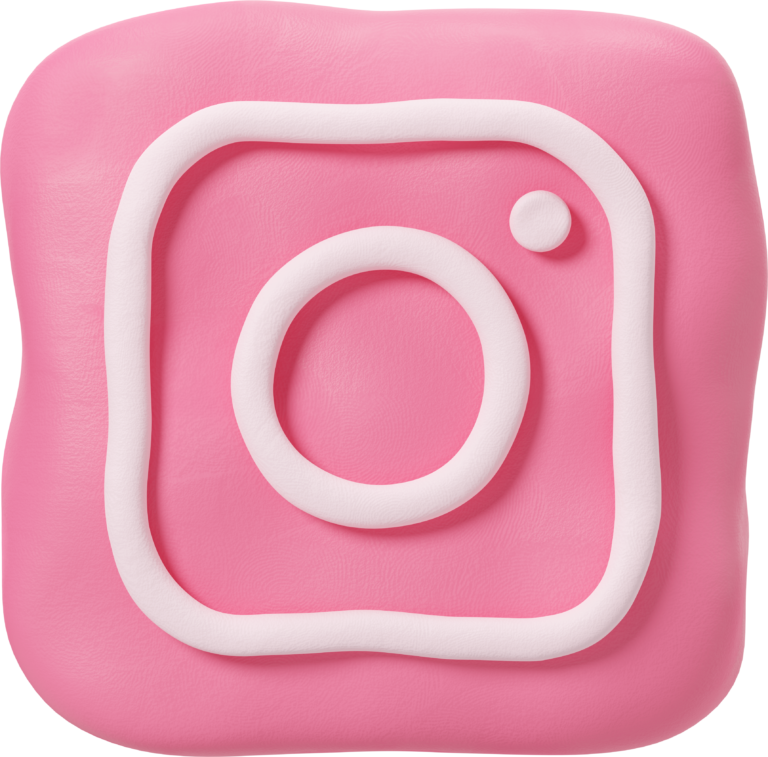In today’s world, every brand wants to stand out from its competitors. One way to do this is by having a unique and attractive logo. A logo is not just a symbol but also a representation of a brand’s identity. When designing a logo, color plays an essential role in communicating the brand’s message. Pink is a color that is often associated with femininity, love, and compassion. In this article, we will provide you with a comprehensive guide to designing a pink logo.
Table of Contents
- Introduction
- Understanding the Color Pink
- Why Choose Pink for Your Logo?
- The Psychology of Pink in Logo Design
- Shades of Pink for Logo Design
- Choosing the Right Pink for Your Brand
- Pairing Pink with Other Colors
- Designing a Pink Logo: Tips and Tricks
- Using Symbols in a Pink Logo
- Typography in Pink Logo Design
- Finalizing Your Pink Logo
- Examples of Successful Pink Logos
- Conclusion
- FAQs
1. Introduction
A logo is the face of a brand, and it is essential to create a logo that is not only memorable but also accurately represents your brand. Pink is a popular color in logo design and can be used to communicate various brand attributes. This article aims to provide you with a comprehensive guide to designing a pink logo.
2. Understanding the Color Pink
Pink is a combination of red and white, and its hue can range from light pastel to a bright fuchsia. Pink is often associated with femininity, love, and compassion. It can also be used to represent sweetness, playfulness, and innocence.
3. Why Choose Pink for Your Logo?
Pink is a color that can be used to create a warm and welcoming feeling. It can be used to appeal to a specific audience, such as young girls or women. Pink is also a color that can be used to represent health, beauty, and fashion.
4. The Psychology of Pink in Logo Design
Pink is a color that can have different psychological effects depending on the shade used. Lighter shades of pink can create a feeling of calmness, while brighter shades of pink can create excitement and energy. Pink is also associated with romance, love, and nurturing.
5. Shades of Pink for Logo Design
There are many shades of pink that can be used in logo design, including baby pink, rose, magenta, fuchsia, and hot pink. Each shade can communicate a different brand message.
6. Choosing the Right Pink for Your Brand
When choosing a shade of pink for your logo, it is essential to consider the message you want to convey. A lighter shade of pink may be suitable for a brand that wants to communicate calmness and relaxation, while a brighter shade of pink may be more appropriate for a brand that wants to communicate energy and excitement.
7. Pairing Pink with Other Colors
Pink can be paired with other colors to create a unique and eye-catching logo. Pink and black can create a sophisticated and elegant look, while pink and white can create a clean and modern look. Pink and blue can create a playful and fun look.
8. Designing a Pink Logo: Tips and Tricks
When designing a pink logo, it is essential to keep in mind the brand’s message and target audience. Here are some tips and tricks for designing a pink logo:
- Use a shade of pink that communicates the brand’s message.
- Consider the psychology of color when choosing a shade of pink.
- Pair pink with other colors to create a unique and eye-catching logo.
- Use symbols that are relevant to the brand.
- Choose typography that complements the logo’s design and message.
- Keep the design simple and easily recognizable.
- Test the logo in different sizes and formats to ensure it looks good in all applications.
9. Using Symbols in a Pink Logo
Symbols can be used in a pink logo to represent the brand’s message or identity. For example, a heart symbol can be used in a logo for a brand that sells beauty products to communicate love and compassion.
10. Typography in Pink Logo Design
Typography plays an important role in logo design and can be used to communicate the brand’s message. When designing a pink logo, it is essential to choose typography that complements the logo’s design and message. Bold and playful fonts can be used for brands targeting a younger audience, while elegant and sophisticated fonts can be used for luxury brands.
11. Finalizing Your Pink Logo
After choosing the shade of pink, pairing it with other colors, using symbols and typography, and designing the logo, it is time to finalize the logo. It is important to test the logo in different sizes and formats to ensure it looks good in all applications, including on websites, business cards, and social media platforms.
12. Examples of Successful Pink Logos
There are many successful pink logos that have become iconic over time. Some of the most popular examples include the logos of Victoria’s Secret, Barbie, and T-Mobile.
13. Conclusion
Designing a pink logo requires careful consideration of the brand’s message, target audience, and the psychology of color. Choosing the right shade of pink, pairing it with other colors, using symbols and typography, and testing the logo in different sizes and formats are all important steps in creating a successful pink logo.
14. FAQs
- Is pink a good color for a logo? Yes, pink is a popular color for logos and can be used to communicate various brand attributes.
- What shade of pink should I use for my logo? The shade of pink you should use for your logo depends on the message you want to convey. Lighter shades of pink can create a feeling of calmness, while brighter shades of pink can create excitement and energy.
- Can pink be used in a logo for a brand targeting men? Yes, pink can be used in a logo for a brand targeting men. However, it is important to choose a shade of pink that is appropriate for the brand’s message and target audience.
- Can I use symbols in a pink logo? Yes, symbols can be used in a pink logo to represent the brand’s message or identity.
- How important is typography in pink logo design? Typography plays an important role in logo design and can be used to communicate the brand’s message. It is essential to choose typography that complements the logo’s design and message.


Comments are closed.